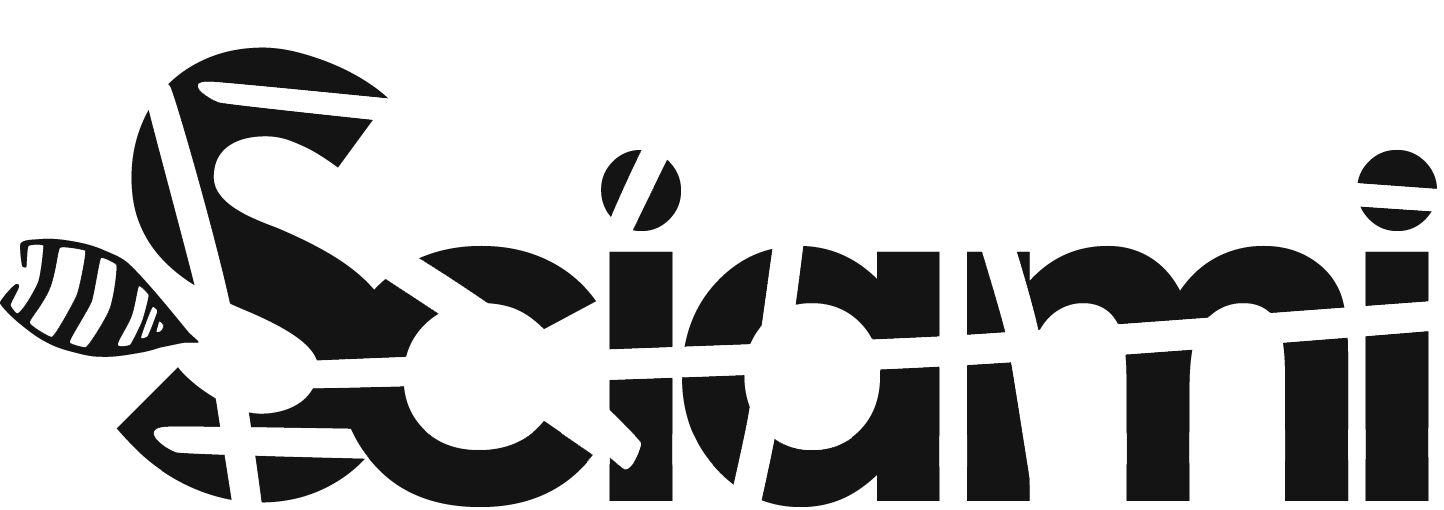Estratto
I described in 1912 an instrument which enabled[...]
01/07/1914
Eng
I described in 1912 an instrument which enabled sightless persons to locate bright lights or brightly luminous objects by means of the ear, and to discover shadows intercepting the light. This result was obtained by putting two selenium preparations into two arms of a Wheatstone bridge, sending the galvanometer current through a telephone, and interrupting the current by a clockwork interrupter. A disadvantage of the method was that the action of the light was not instantaneous. This disadvantage was eliminated in the “reading optophone” described in 1913. The audible telephone current was produced by intermittent light of various musical frequencies, and by using 8 such frequencies, emitted by dots placed in a row, it was found possible to read transparent letters about 5 cm. high by learning to recognise the characteristic sound of each letter. In order to adapt this experimental instrument to the reading of ordinary letterpress by means of the ear, three further modifications were necessary: (1) The length of the line of luminous dots had to be reduced from 5 cm. to about 1*5 mm., the size of ordinary type ; (2) The light had to be used after diffused reflection by the printed surface ; (3) The sensitiveness of the telephone arrangement had (as a consequence) to be greatly augmented. These modifications have now been made, and an instrument has resulted which should, with some practice, enable totally blind persons to read ordinary books and newspapers through the sense of hearing.
On a Type-reading Optophone, in «Proceedings of the Royal Society of London», Volume 90, Issue 619, Royal Society of London, 01/07/1914, Londra
tipologia
Intervento in periodico
ambito
Fisica
pp. 373-375
Optophone (Eng)
blind persons, transparent letters, intermittent lights, musical frequencies
